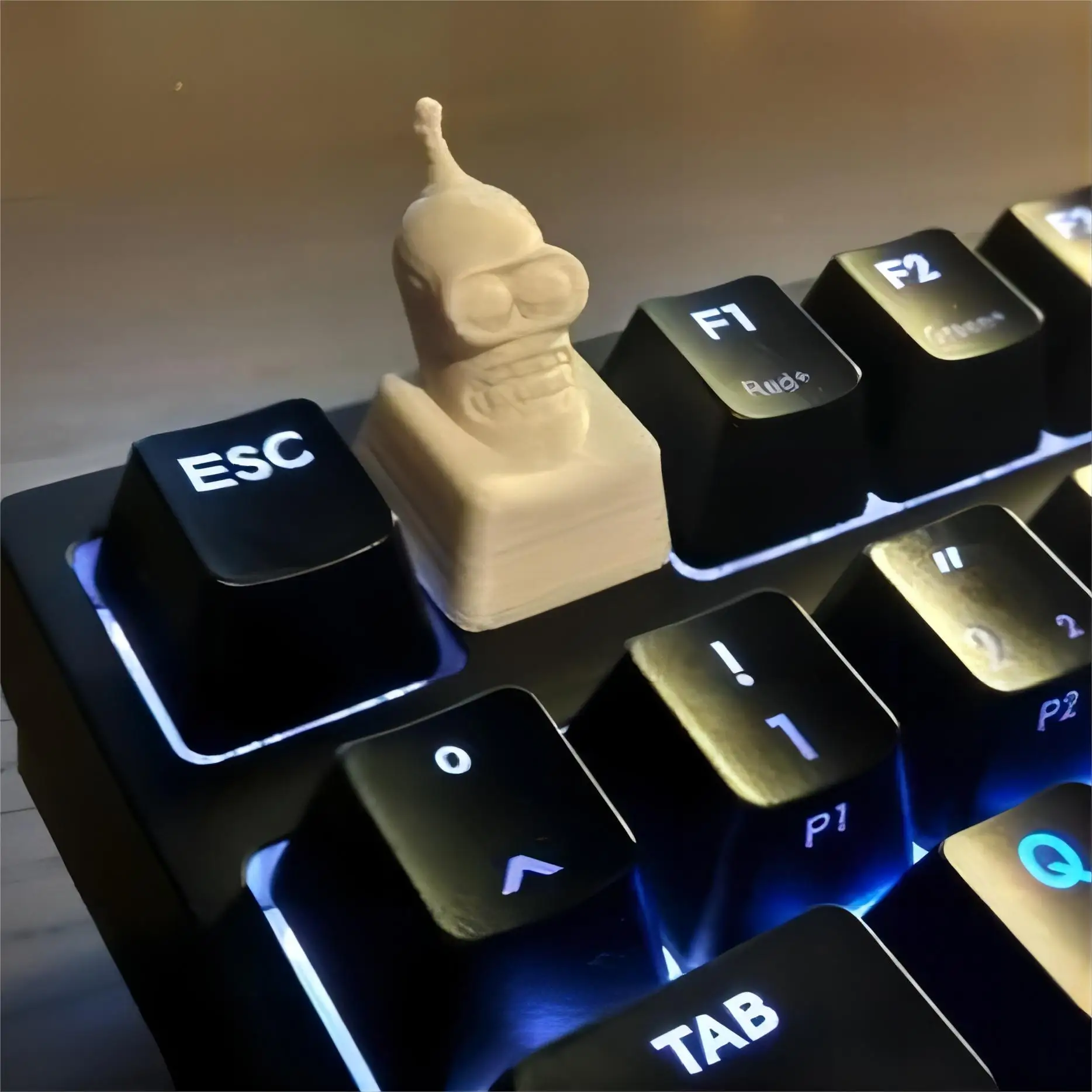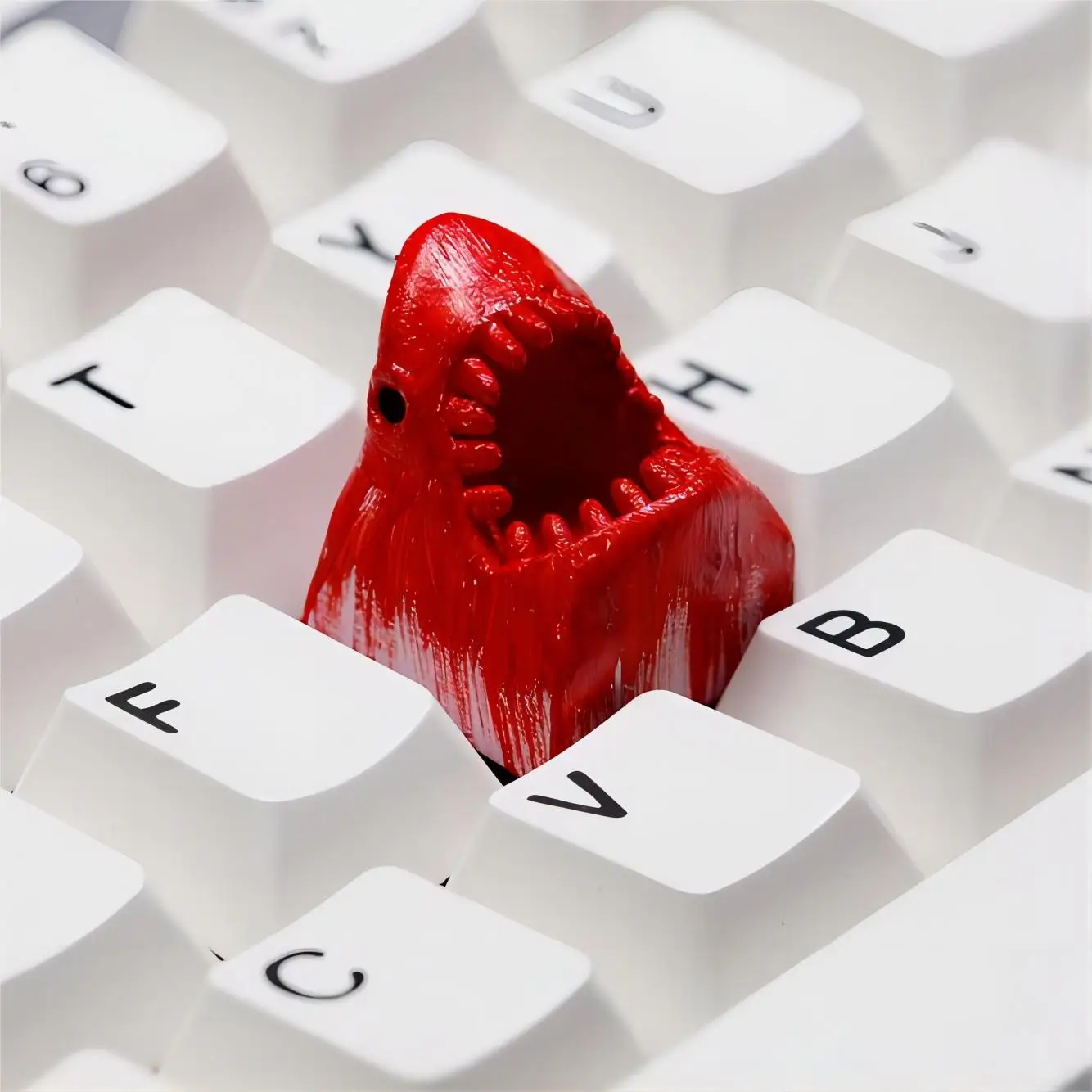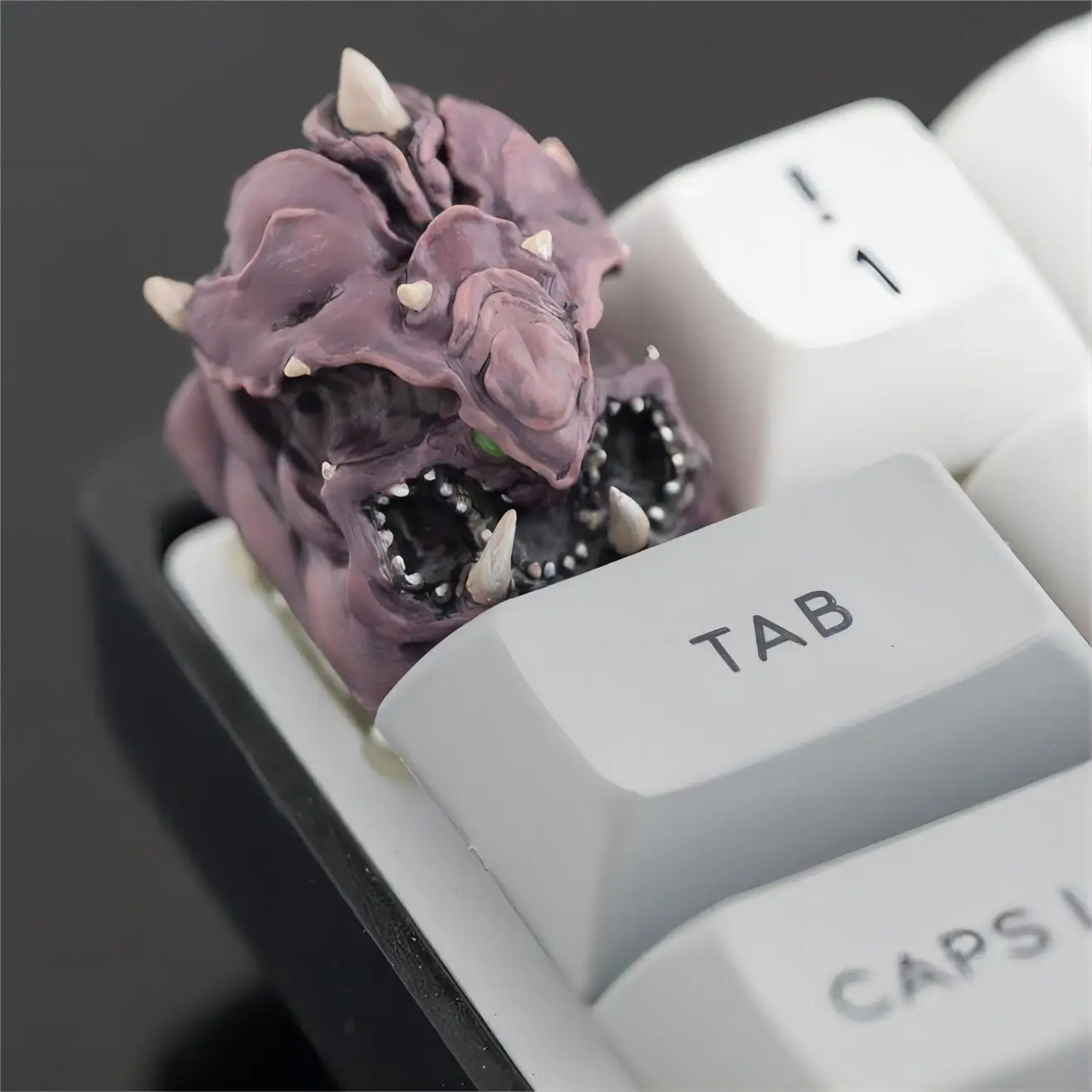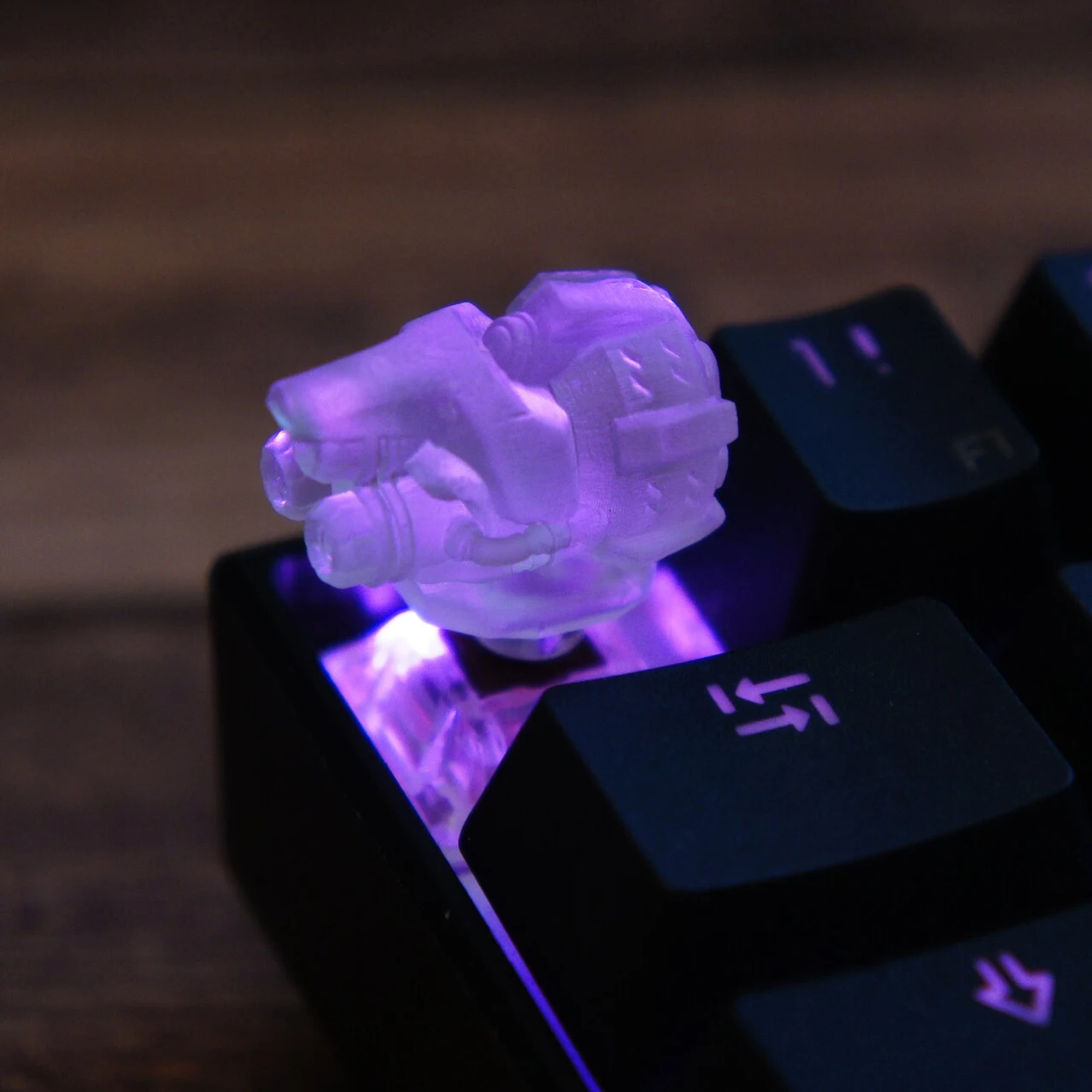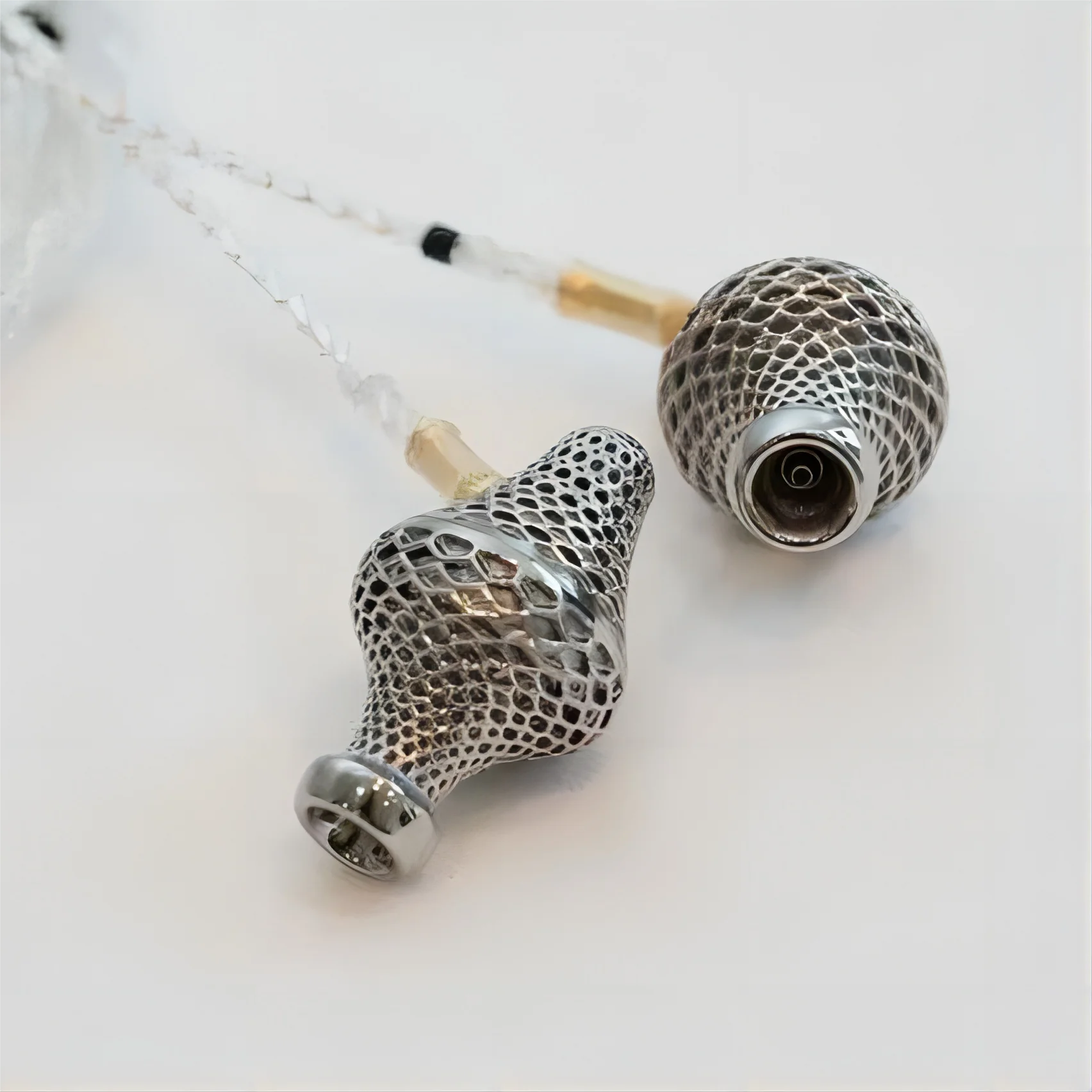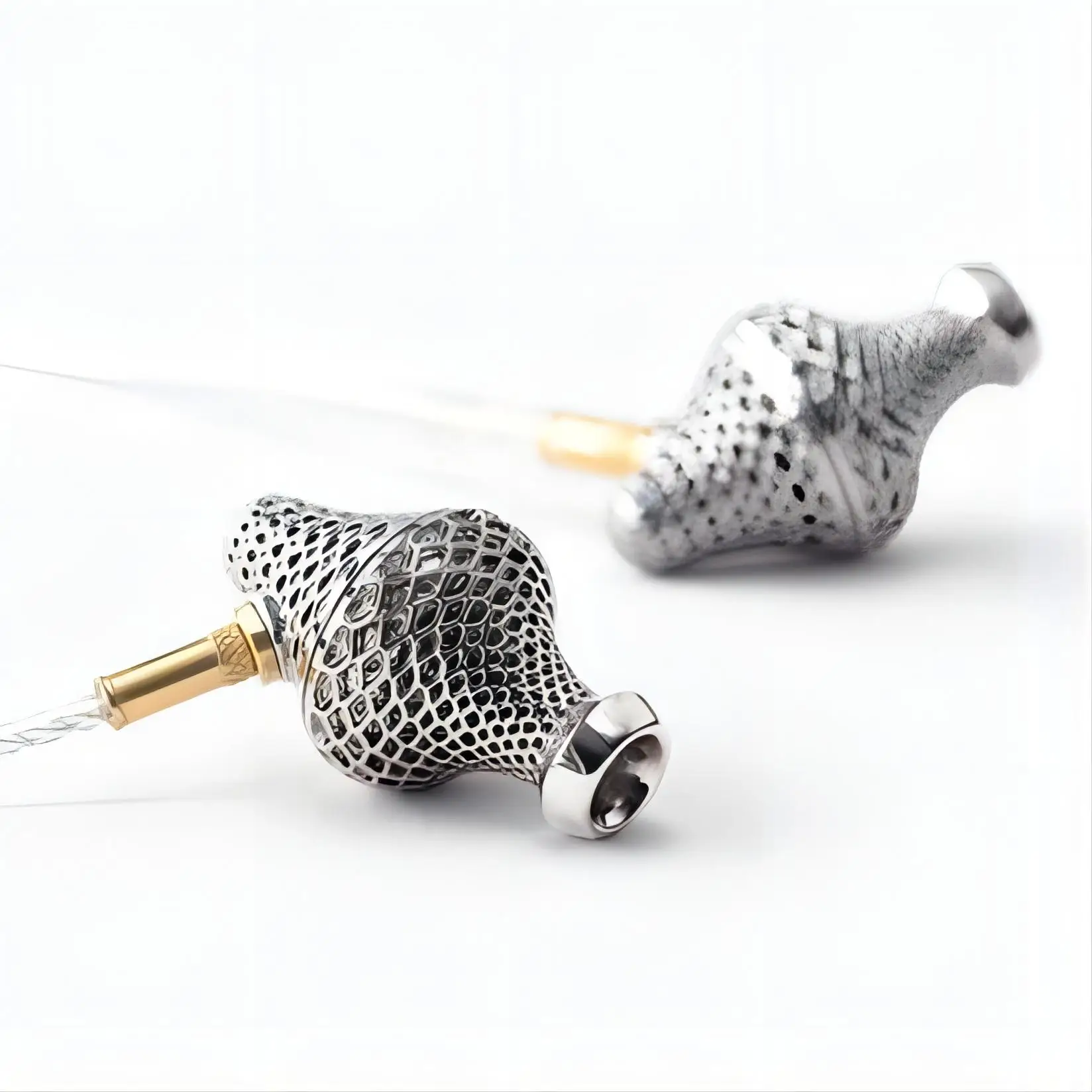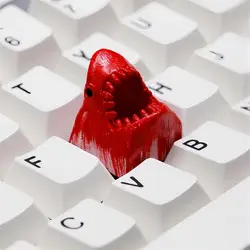Электронные прототипы 3d печатные колпачки для ключей
- Категория: Keypads & Keyboards >>>
- Поставщик: Guangdong,Fohan,Technology,Co.,Ltd.
Поделиться:
Описание и отзывы
Трекер стоимости
| Месяц | Минимальная цена | Макс. стоимость |
|---|---|---|
| Sep-19-2025 | 0.11 $* | 0.0 $* |
| Aug-19-2025 | 0.89 $* | 0.9 $* |
| Jul-19-2025 | 0.11 $* | 0.4 $* |
| Jun-19-2025 | 0.57 $* | 0.20 $* |
| May-19-2025 | 0.91 $* | 0.4 $* |
| Apr-19-2025 | 0.92 $* | 0.15 $* |
| Mar-19-2025 | 0.40 $* | 0.51 $* |
| Feb-19-2025 | 0.32 $* | 0.31 $* |
| Jan-19-2025 | 0.96 $* | 0.10 $* |
Характеристики

3d Printed 3C Digital Electronics Processes Materials and Future Trends
3D printing, also known as additive manufacturing, has revolutionized the way products are designed and manufactured in various industries, including electronics. In the field of 3C (Computer, Communication, and Consumer) digital electronics, 3D printing has enabled the creation of complex and customized parts with high precision and accuracy, thereby enhancing the performance and functionality of electronic devices.
The materials used in 3D printing for 3C digital electronics include a wide range of plastics, metals, and even conductive materials such as graphene and carbon nanotubes. These materials enable the creation of parts with intricate geometries and internal structures, which cannot be achieved through traditional manufacturing processes.
Future trends in 3D printing for 3C digital electronics include the development of new materials that offer better performance and functionality, such as improved conductive materials that can be used to create electronic circuits and components. Additionally, advancements in 3D printing technology, such as multi-material printing and high-speed printing, will enable the creation of more complex and customized parts with even greater efficiency.
Another trend is the use of 3D printing for creating flexible and wearable electronics, which require parts with unique shapes and properties. 3D printing enables the creation of these parts in a cost-effective and efficient manner, making it a popular choice for producing wearable electronic devices.
Overall, 3D printing is rapidly transforming the field of 3C digital electronics, offering new opportunities for innovation and customization. With continued advancements in materials and technology, 3D printing is poised to revolutionize the way electronic devices are designed and manufactured in the future.
Future trends in 3D printing for 3C digital electronics include the development of new materials that offer better performance and functionality, such as improved conductive materials that can be used to create electronic circuits and components. Additionally, advancements in 3D printing technology, such as multi-material printing and high-speed printing, will enable the creation of more complex and customized parts with even greater efficiency.
Another trend is the use of 3D printing for creating flexible and wearable electronics, which require parts with unique shapes and properties. 3D printing enables the creation of these parts in a cost-effective and efficient manner, making it a popular choice for producing wearable electronic devices.
Overall, 3D printing is rapidly transforming the field of 3C digital electronics, offering new opportunities for innovation and customization. With continued advancements in materials and technology, 3D printing is poised to revolutionize the way electronic devices are designed and manufactured in the future.
More Applications in Computer Communication Consumer Products and Accessories
MJF PA12 Printed Earbuds Shell
MJF PA12 Printed Earbuds Shell
SLA Resin Printed Shell for Speaker
SLA Resin Printed Shell for Speaker
TPU Printed Watch Bands
Nylon PA11 MJF Printed Watch Band
3D Printed Wearable Headphones
3D Printed Wearable Headphones
SLA Printed 3D Phone Case
SLA Printed Hollow Structure Phone Case
Black Hard Resin SLA Printed Mouse Shell
SLA Printed Hollow Structure Phone Case
SLA Resin 3D Printed Keycaps
SLA Resin 3D Printed Keycaps


Fohan MJF Printing Service
Multi Jet Fusion MJF known as HP 3D printing, is an industrial 3D printing process that produces functional nylon prototypes and end-use production parts in as fast as 1 day. Multi Jet Fusion uses an inkjet array to selectively apply fusing and detailing agents across a bed of nylon powder, which are then fused by heating elements into a solid layer. After each layer, powder is distributed on top of the bed and the process repeats until the part is complete. This highly efficient method can build functional, geometrically complex parts 80 micron layers at a time - with mechanical properties that rival injection molded parts.
Advantages of MJF 3D Printing Process
While there are many benefits to MJF printing, a few truly stand out. For starters, the standard build parameters are optimized for the best density. The result is that Multi Jet Fusion parts are watertight.
If you like SLS but want to produce higher quantities for small-batch production runs, Multi Jet Fusion is the way to go. MJF printers have the ability to print multiple parts simultaneously across the entire build volume means you can print parts at rates up to 10X faster than SLS or other 3D printing processes. Also, Multi Jet Fusion delivers more balanced mechanical properties across the X, Y, and Z axes compared to SLS.
If you’re interested in injection molding for your project, it’s always a good idea to get a 3D printed “test” part before making the investment in metal molds. While SLA is a great printing process for extremely detailed and high-resolution prints, the UV cured resins are not as tough as traditional thermoplastics. Prints begin to degrade when exposed to UV light and moisture. Multi Jet Fusion, on the other hand, can produce extremely accurate prints while also maintaining the structural durability of traditional thermoplastics, especially when using glass-filled nylon. This makes it a great process for testing fit and functionality before taking your project to injection molding.

We Have 17 Sets BLT Metal Printers
SLM: Selective laser melting is a major technical approach in the manufacturing of metal material additives.
This technology uses laser as the energy source, and scans the metal powder bed layer by layer according to the path planned in the 3D CAD slice model. The scanned metal powder is melted and solidified to achieve the effect of metallurgical combination, and finally the metal parts designed by the model are obtained.
SLM technology overcomes the difficulties of traditional technology in manufacturing metal parts with complex shapes. It can directly form nearly fully dense metal parts with good mechanical properties.
3D Printing Technologies | SLM | ||||||
Layer thickness | ±0.1mm | ||||||
Minimum Wall Thickness | 0.50mm | ||||||
Max Printed Size | 250*250*300mm | ||||||
Accuracy | ±0.2mm | ||||||
Material | BLT Metal Powder: 316L, AlSi10Mg, TC4, Die Steel(Tool Steel) | ||||||
Leading | 1-5 Days | ||||||

What's SLS Printing Technology
Selective Laser Sintering (SLS) is an additive manufacturing process that uses a laser to selectively sinter (or melt) powdered
material, such as plastic, metal, or ceramic, layer by layer to create three-dimensional objects. It starts with a thin layer of powdered material being spread over a build platform. A high-powered laser is then used to selectively
sinter the powder in a precise pattern, melting it together and solidifying it into the desired shape. This process is repeated layer by layer until the object is complete.
material, such as plastic, metal, or ceramic, layer by layer to create three-dimensional objects. It starts with a thin layer of powdered material being spread over a build platform. A high-powered laser is then used to selectively
sinter the powder in a precise pattern, melting it together and solidifying it into the desired shape. This process is repeated layer by layer until the object is complete.
SLS printing is ability to produce complex, intricate, and detailed parts with high accuracy and resolution. The process also
allows for the creation of parts with no need for support structures, reducing waste and allowing for more complex designs. Additionally, SLS can work with a wide range of materials, allowing for the creation of functional parts for a variety of industries. SLS is used in a variety of industries, including aerospace, automotive, medical, and consumer products. It is particularly useful for creating prototypes, functional parts, and complex geometries. SLS can also be used for creating molds and tooling for injection molding.
allows for the creation of parts with no need for support structures, reducing waste and allowing for more complex designs. Additionally, SLS can work with a wide range of materials, allowing for the creation of functional parts for a variety of industries. SLS is used in a variety of industries, including aerospace, automotive, medical, and consumer products. It is particularly useful for creating prototypes, functional parts, and complex geometries. SLS can also be used for creating molds and tooling for injection molding.

We Have over 10 Sets SLS Printers
We currently has more than 600 large 3D printing equipments with industrial grade, covering a variety of printing processes, the
annual delivery to customer products up to tens of millions pieces. The company has been active in aerospace, precision medical
device, industrial manufacturing, 3C electronics, automobile manufacturing, mold tooling, cultural creativity parts and other
fields.
3D Printing Technologies | SLS | ||||||
Layer thickness | ±0.1mm | ||||||
Minimum Wall Thickness | 0.50mm | ||||||
Max Printed Size | 350*350*590mm | ||||||
Accuracy | ±0.2mm | ||||||
Material | Nylon | ||||||
Leading | 1-3 Days | ||||||

Fohan SLA Printing Service
Stereolithography (SLA) printing technology is a type of 3D printing that uses a light-sensitive resin to create highly detailed models, prototypes, and parts. SLA printers use a range of materials, including flexible, rigid, and clear resins. There are also specialty resins that can simulate various materials such as rubber or ceramic. Resin SLA printing has several advantages over other 3D printing methods, the most important one is it much cheaper than others.
We have over 450 Sets of This kind printers. We support mass production for customization products, small volum products. And many different property resins available. We can offer very professional solution at best price.

Everything You Should Know About DLP Printing Service
DLP (Digital Light Processing) 3D printing is a process in which a light source is used to solidify a liquid resin into a 3D object layer by layer. DLP 3D printing is a popular technology for creating high-resolution, detailed objects with a smooth surface finish. Here is everything you should know about DLP 3D printing service:
How it Works:
DLP 3D printing works by projecting a UV light onto a vat of photosensitive liquid resin. The UV light solidifies the resin layer by layer, creating a 3D object. The vat of resin is gradually lowered as each layer is printed, and the process repeats until the object is complete.
DLP 3D printing works by projecting a UV light onto a vat of photosensitive liquid resin. The UV light solidifies the resin layer by layer, creating a 3D object. The vat of resin is gradually lowered as each layer is printed, and the process repeats until the object is complete.
Materials:
DLP 3D printing can work with a variety of materials including photopolymer resins, which come in different colors, opacities, and properties.
Resolution:
DLP 3D printing can produce high-resolution objects with a layer thickness as small as 10 microns, resulting in very fine details.
Surface Finish:
DLP 3D printing can produce objects with a very smooth surface finish, which is ideal for creating detailed models with intricate geometries.
Applications:
DLP 3D printing is widely used in the jewelry, dental, and medical industries, where high accuracy and resolution are important. It is also used for prototyping, product design, and creating customized products.
Advantages:
DLP 3D printing has several advantages over other 3D printing technologies, including high-resolution, fast printing times, and the ability to produce very detailed models with a smooth surface finish.
Limitations:
DLP 3D printing has some limitations, including limited build size, the need for supports during printing, and the need for post-processing to remove supports and cure the printed object.
Cost:
DLP 3D printing services can vary in cost depending on the size and complexity of the object being printed, as well as the type of material used.
DLP 3D printing can work with a variety of materials including photopolymer resins, which come in different colors, opacities, and properties.
Resolution:
DLP 3D printing can produce high-resolution objects with a layer thickness as small as 10 microns, resulting in very fine details.
Surface Finish:
DLP 3D printing can produce objects with a very smooth surface finish, which is ideal for creating detailed models with intricate geometries.
Applications:
DLP 3D printing is widely used in the jewelry, dental, and medical industries, where high accuracy and resolution are important. It is also used for prototyping, product design, and creating customized products.
Advantages:
DLP 3D printing has several advantages over other 3D printing technologies, including high-resolution, fast printing times, and the ability to produce very detailed models with a smooth surface finish.
Limitations:
DLP 3D printing has some limitations, including limited build size, the need for supports during printing, and the need for post-processing to remove supports and cure the printed object.
Cost:
DLP 3D printing services can vary in cost depending on the size and complexity of the object being printed, as well as the type of material used.


To choose a suitable 3D printing technology, consider the following factors:
1. Material: Determine the type of material that best suits the intended use of the shoe. For example, if flexibility and durability are important, SLS may be the best option.
2. Design: Consider the complexity and intricacy of the shoe design. SLA may be better suited for detailed designs with fine features, while FDM may be better for simpler designs.
3. Quantity: Determine the number of shoes to be produced. SLS may be more cost-effective for small-batch production, while FDM may be better for one-off or low-volume production.
4. Budget: Consider the cost of the technology and the associated materials. SLS and SLA tend to be more expensive than FDM.








FQA
A: We are the biggest 3D printing manufacturer in China with 20 years experience and have over 800 sets industrial SLA printers.
Q: How long is your lead time?
A: 1. 3D drawings: about 5-7 days, it depends on the complex of your products.
2. 3D printing: about 1-3 days, it depends on the sizes of your prototypes.
3. Polishing/surface
treatments: about 1-3 days, it depends on your requests on surface treatment.
treatments: about 1-3 days, it depends on your requests on surface treatment.
4. Functional making: about 2-5 days, it depends what kinds of function you need.
5. Painting: about 2-4 days, it depends on the qty of prototypes.
6. Delivery time: about 4-5days
Q: What are files you need for quote?
A: 1. It's better to offer 3D files, like STP, STL, IGS, PARASOLID, etc.
2. 2D file isalso ok with detail requests.
Q: Do you provide samples ? is it free or extra ?
A: Yes, we could offer the sample for free charge but the freight be paid by customer
